Rise of Remote Work
The General Ledger Accounting Software Industry is adapting to the rise of remote work, which has transformed how businesses operate. With an increasing number of employees working from home, there is a heightened demand for accounting solutions that facilitate remote access and collaboration. This shift has prompted software developers to enhance their offerings, ensuring that general ledger accounting software is accessible from various devices and locations. As organizations prioritize flexibility and efficiency, the market is likely to see a growth trajectory, with remote-friendly features becoming a standard requirement. Analysts predict that the remote work trend could contribute to a 15% increase in software adoption rates over the next few years, further driving the market forward.
Increased Demand for Automation
The General Ledger Accounting Software Industry is experiencing a notable surge in demand for automation solutions. Businesses are increasingly seeking to streamline their accounting processes, reduce manual errors, and enhance efficiency. According to recent data, the automation of financial tasks can lead to a reduction in processing time by up to 50%. This trend is driven by the need for real-time financial reporting and compliance with regulatory standards. As organizations recognize the benefits of automated systems, the market for general ledger accounting software is likely to expand, with a projected growth rate of approximately 8% annually over the next five years. This shift towards automation not only improves accuracy but also allows finance teams to focus on strategic decision-making.
Regulatory Compliance Requirements
The General Ledger Accounting Software Industry is significantly influenced by the evolving landscape of regulatory compliance. Organizations are compelled to adhere to stringent financial regulations, which necessitates the implementation of robust accounting software solutions. The increasing complexity of tax laws and financial reporting standards has created a pressing need for software that can ensure compliance and mitigate risks. As a result, the market is projected to grow as businesses invest in general ledger accounting software that offers features such as automated tax calculations and audit trails. Recent estimates suggest that compliance-related software expenditures could reach $10 billion by 2026, indicating a strong correlation between regulatory demands and market growth.
Focus on Data Analytics and Insights
The General Ledger Accounting Software Industry is increasingly focusing on data analytics and insights as businesses strive to make informed financial decisions. The ability to analyze financial data in real-time is becoming a critical factor for organizations aiming to enhance their competitive edge. Advanced analytics features within general ledger accounting software allow companies to identify trends, forecast future performance, and optimize resource allocation. As a result, there is a growing demand for software solutions that not only manage transactions but also provide actionable insights. Recent projections suggest that the market for analytics-driven accounting software could grow by 20% annually, reflecting the importance of data-driven decision-making in the financial sector.
Integration with Other Business Systems
The General Ledger Accounting Software Industry is witnessing a growing trend towards the integration of accounting software with other business systems. Companies are increasingly recognizing the value of having interconnected systems that facilitate seamless data flow across departments. This integration not only enhances operational efficiency but also provides a holistic view of financial performance. As businesses seek to eliminate data silos, the demand for general ledger accounting software that can easily integrate with enterprise resource planning (ERP) systems and customer relationship management (CRM) tools is on the rise. Market analysts estimate that integrated solutions could account for over 40% of new software implementations in the coming years, indicating a significant shift in purchasing preferences.


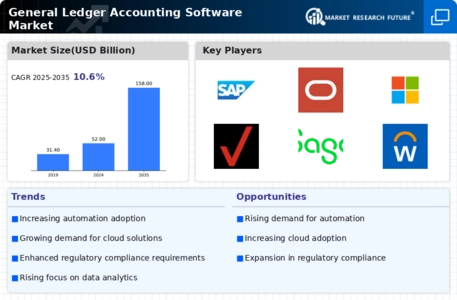
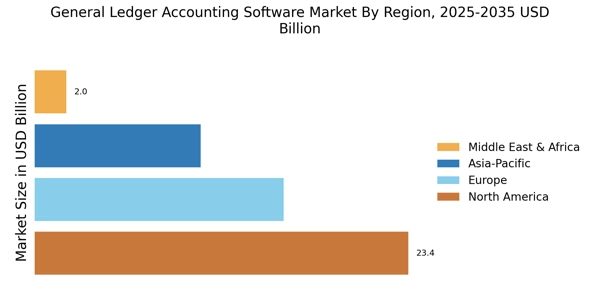
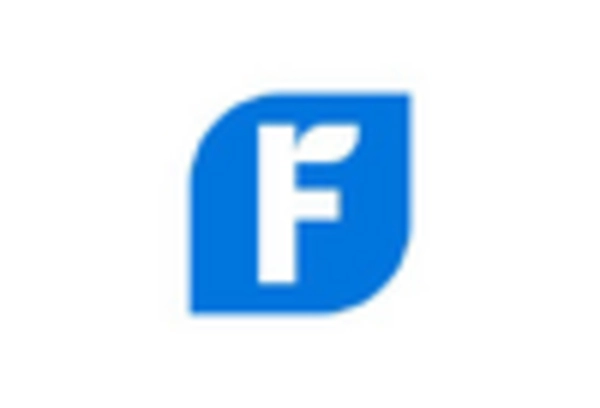
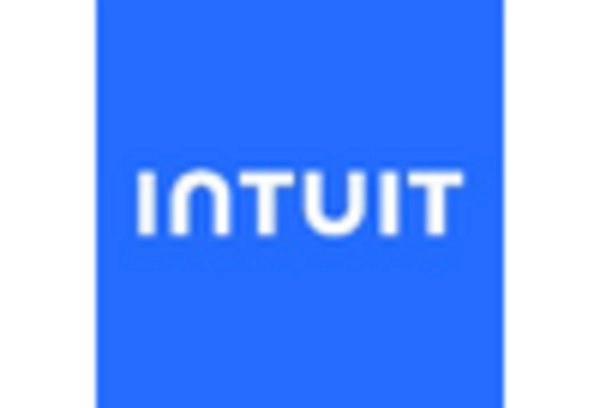



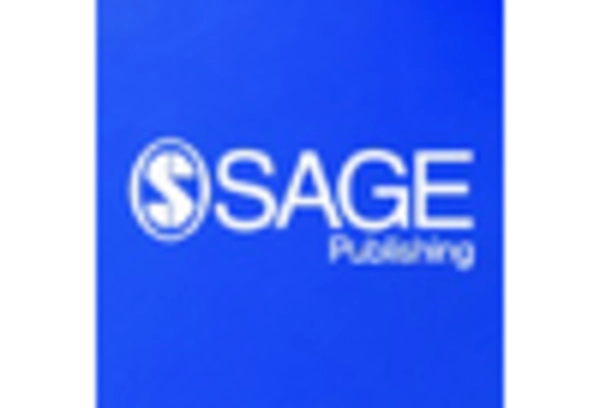








Leave a Comment